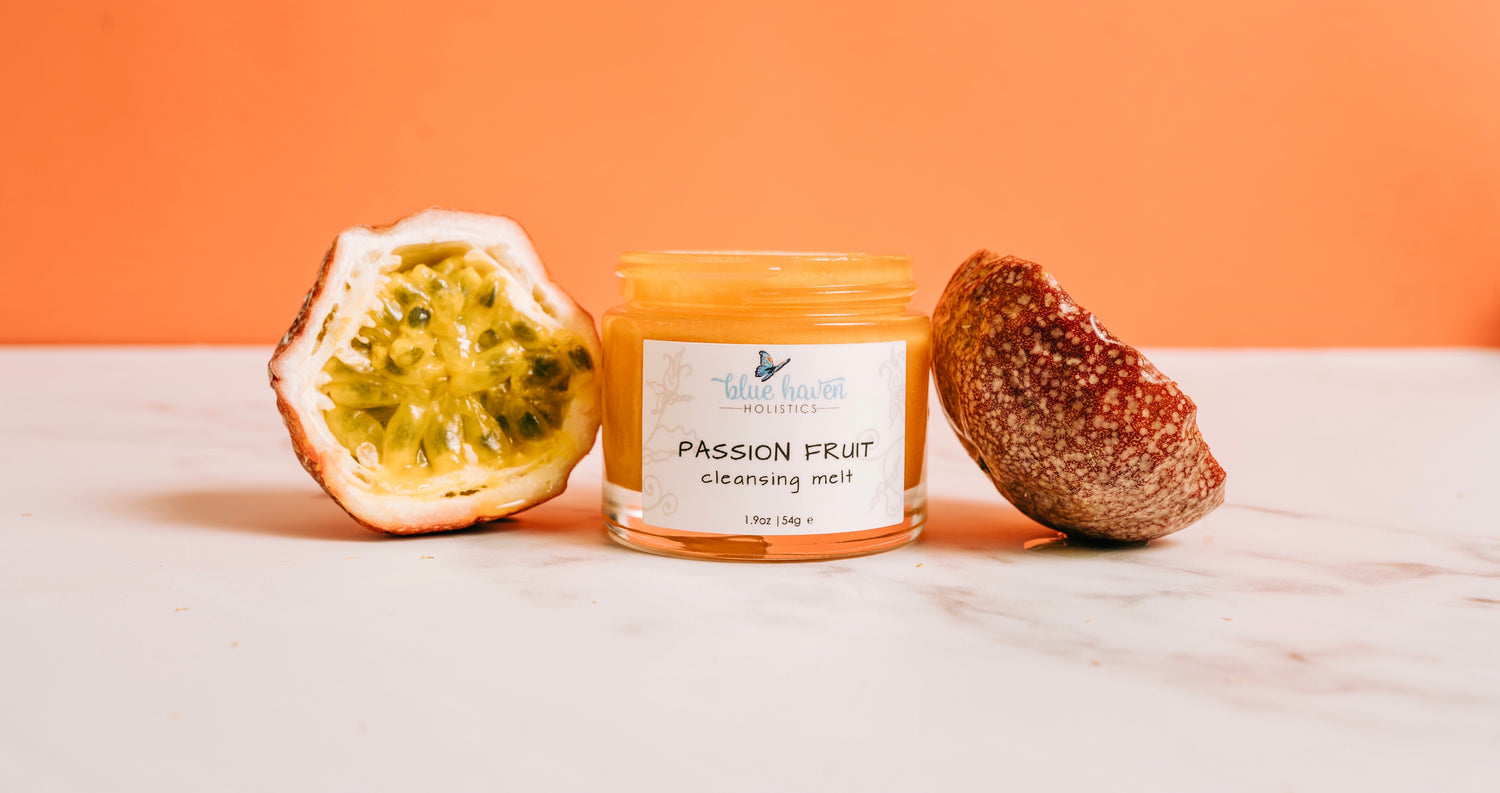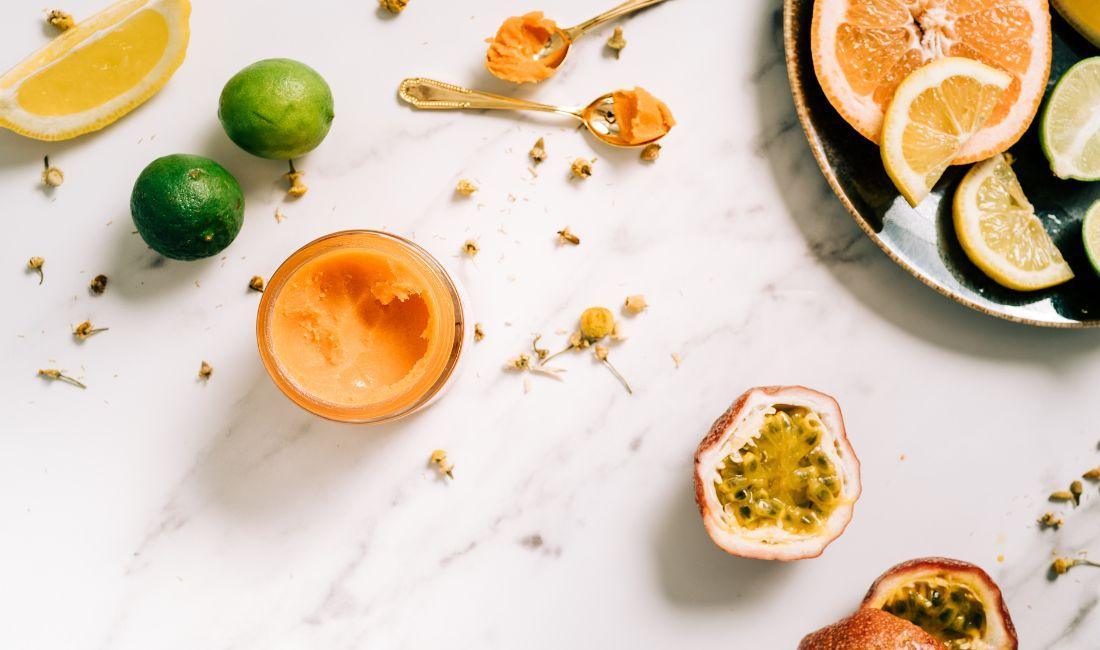Oil Pulling 101: The Basics, The Benefits, and Our Product Picks for Your At-Home Practice
When it comes to self care, few things are more important than keeping your teeth and mouth clean. If you are looking to take dental hygiene to the next level, an incredible holistic approach to consider is adding oil pulling to your wellness routine.
In recent years, oil pulling has been a trending topic experiencing a resurgence in popularity, however, we might argue that it never fell out of fashion. If you’ve been curious to try this practice for yourself, here is everything you need to know:
Oil Pulling: The Basics and Ancient Origins
Oil pulling is an alternative medicine protocol for cleaning the teeth and mouth that dates back centuries. Originating in the Ayurvedic traditions of ancient India, oil pulling refers to using an edible oil - typically a coconut or sesame oil, and sometimes other ingredients as well - which is then gargled or swished around in the mouth, similar to a modern day mouthwash.
The idea is that this works to remove plaque, whiten the teeth, and improve overall health for the teeth, tongue and gums. Additionally, it is said that oil pulling can aid in curing systemic diseases and improving internal wellness.
The Benefits of Oil Pulling
Although the practice of gargling oil for dental health may seem counterintuitive to some, experts say the wellness benefits of oil pulling are multifaceted and many have been scientifically studied. Some of the main findings include:
Benefit #1: Improved Oral Hygiene - One thing that is worth noting about the practice of oil pulling is that it predates tooth brushing, but continues to persist as an effective approach. According to research conducted in 2007 by the Indian Journal of Dental Research, oil pulling effectively removed more plaque, and reduced gingivitis in people who incorporated the practice regularly, versus those who did not. Meanwhile another study in 2016, found that oil pulling reduced the population of bacteria in saliva.
Benefit #2: Better Breath - Another amazing benefit of oil pulling is its ability to reduce bad breath smells because conditions like halitosis are typically caused by excess bacteria. One 2011 study found that the purifying properties of oil pulling with sesame oil can be very effective for eliminating those odor-causing microorganisms.
Benefit #3: Fewer Cavities - Once again, citing the bacteria eliminating effects of oil pulling, experts say the practice can also help support oral health by removing unwanted buildup on the teeth caused by saliva, bacteria, and other debris from food particles. In other words, when combined with other healthy dental habits like brushing and flossing, oil pulling can contribute to the protection against, and prevention of, tooth decay.
Benefit #4: Reduced Inflammation - Studies have found that the antibacterial benefit of regular oil pulling will help reduce mouth inflammation, but beyond an anti-inflammatory for the mouth, Ayurvedic practitioners say this can also mean reduced inflammation and instances of disease for the entire body. Because the mouth is viewed as being a reflection of internal health, better oral hygiene can translate to improving conditions like cardiovascular disease, diabetes, pneumonia, arthritis, and even sinus infections.
How To: A Step-By-Step Guide to Oil Pulling
Step One: Measure out your desired amount - about 2 teaspoons to one tablespoon should be plenty - of your oil pulling product (see our recommendations below) and spoon it into your mouth but do not swallow.
Step Two: Swish the oil around your entire mouth thoroughly - side to side and around the gums - as if you were rinsing with a mouthwash. Also be sure to force a bit of oil through the teeth in order to remove debris from between the teeth. If your mouth starts to feel too full from accumulation and froth, you can spit a small amount into a trashcan and then keep moving the remaining product around as before.
Step Three: In the beginning, you can start with just five minutes of oil pulling, but then for added benefit you may want to work your way up to as long as 20 minutes.
Step Four: Never swallow the oil following oil pulling. Once complete, you will want to spit any remaining oil into a trashcan. Rinsing into a sink is not recommended, as this may cause clogging or buildup in your sink. You can then rinse your mouth with fresh, clean water.
Product Picks For Oil Pulling
If you’re ready to experience the perks of oil pulling for yourself, we have two Oral Detox options for your own at-home protocol. Available in Activated Charcoal or Peppermint formula, both products feature a base blend of traditional oils, plus a plethora of other ingredients that support dental health. Key components include:
Sesame Oil - A traditional staple for oil pulling, sesame seed oil is linked to reducing bacteria, inflammation, plaque, and gingivitis, and is naturally antifungal. It is also rich in free-radical fighting antioxidants.
Coconut Oil - Another commonly used oil for oil pulling, coconut oil is known to be naturally antibacterial, antimicrobial, and anti-inflammatory. It contains essential fatty acids, and is believed by some to help with teeth whitening.
Fennel Seed - Fennel seed has soothing properties, making it a helpful remedy for sore or infected gums. It also has antimicrobial properties, for supporting oral hygiene.
Licorice Root - Used for centuries in various medicinal remedies due to its potent detoxifying properties, studies show that licorice root may reduce cavity activity and gum disease.
Amla Berry - The amla fruit has many protective benefits for the teeth and gums, helping to support connective tissue in the gums and promote repair.
Clove - Another Ayurvedic staple, clove is frequently used as an immune boosting remedy. When used for dental care, it can help reduce inflammation, and has antimicrobial as well as antifungal properties.
Activated Charcoal - For extra detoxifying benefits, activated charcoal helps extract and absorb impurities without causing irritation to the gums or other tissues.

References:
1 - Oil pulling for maintaining oral hygiene – A review by Vagish Kumar L. Shanbhag https://www.ncbi.nlm.nih.gov/pmc/articles/PMC5198813/
2 - What Is Oil Pulling? Oil pulling is an ancient way of cleaning and whitening your teeth by Kelly Burch
https://www.verywellhealth.com/oil-pulling-5083468#citation-4
3 - The Effect of Coconut Oil pulling on Streptococcus mutans Count in Saliva in Comparison with Chlorhexidine Mouthwash by Mamta Kaushik, Pallavi Reddy, Roshni Sharma, Pooja Udameshi, Neha Mehra, and Aditya Marwaha
https://pubmed.ncbi.nlm.nih.gov/27084861/
4 - Effect of oil pulling on halitosis and microorganisms causing halitosis: a randomized controlled pilot trial by Sharath Asokan, R Saravana Kumar, Pamela Emmadi, R Raghuraman, and N Sivakumar
https://pubmed.ncbi.nlm.nih.gov/21911944/
5 - Therapeutic benefits of liquorice in dentistry by Preena Sidhu, Swapnil Shankargouda, Avita Rath, Priyadarshini Hesarghatta Ramamurthy, Bennete Fernandes, and Ashish Kumar Sing hhttps://www.ncbi.nlm.nih.gov/pmc/articles/PMC5198813/
6 - The Superpowers of Clove for Healthy Teeth & Gums https://www.akamaibasics.com/blogs/learn-more/the-superpowers-of-clove-for-healthy-teeth-gums
7 - Five Effective Ayurvedic Dental Care Methods https://www.gaia.com/article/five-effective-ayurvedic-dental-care-methods
8 - Oil Pulling With Coconut Oil Can Transform Your Dental Health by Kris Gunnars, BSc https://www.healthline.com/nutrition/oil-pulling-coconut-oil
9 - 6 Benefits of Oil Pulling — Plus How to Do It by Rachael Link, MS, RD https://www.healthline.com/nutrition/6-benefits-of-oil-pulling
10 - Chinese Licorice Root May Help Prevent, Treat Tooth Decay and Gum Disease by Matt McMillen https://www.webmd.com/oral-health/news/20120105/licorice-root-may-cut-cavities-gum-disease





